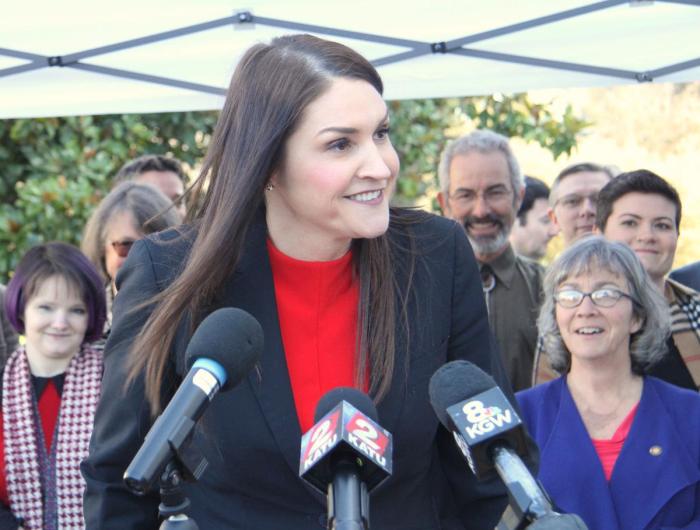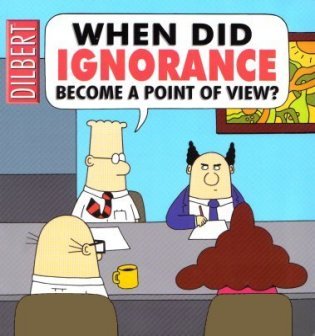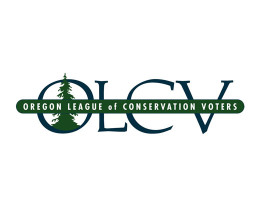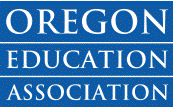
State Sen. Shemia Fagan announcing her entry into the Democratic primary race for Oregon Secretary of State
Rabid liberal Democrats like Secretary of State candidate Shemia Fagan rail against the power of corporations and their donations to political campaigns.
In that vein, she’s a critic of the U.S. Supreme Court’s 2010 Citizens United decision that the government cannot restrict corporations, associations, and labor unions from making independent expenditures in support of or opposition to candidates.
But in a display of raw hypocrisy, Fagan is a big fan of political donations by labor unions, apparently considering union money more virtuous. In fact, union donations were the lifeblood of her 2020 primary campaign, even though unions represent just 14.4% of Oregon workers.
A late entrant to the Democratic primary for Secretary of State, after Rep. Jennifer Williamson dropped out, Fagan quickly gained the support of unions and amassed a substantial campaign war chest. Public employee unions, in particular, backed Fagan because she voted against Senate Bill 1049, which limited PERS benefits
According to the Oregon Secretary of State, reported union contributions to Fagan’s campaign from when Williamson dropped out on Feb. 10, 2020 to May 15, 2020 totaled at least $796,775.68.
I guess Fagan’s worries about undue influence don’t apply to unions, only to businesses.
Union contributors to Committee to Elect Shemia Fagan
Feb. 10 – May 15, 2020
- SEIU – Citizen Action for Political Education – $239,389.86
- Oregon AFL-CIO – $35,696.16
- SEIU/American Federation of State, County and Municipal Employees – Oregonians for Ballot Access – $47,500.00
- AFSCME Local #328 – $200.00
- International Assoc. of Firefighters – $25,000.00
- SEIU Local 503, OPEU – $3,825.91
- Oregon Education Association – OEA PAC – $115,275.00
- Iron Workers District Council of the Pacific Northwest – $1,000.00
- Oregon Laborers Political Action Committee – $11,000.00
- Lane Professional Firefighters Assoc – $1,000.00
- Local 48 Electricians PAC – $7,500.00
- Sheet Metal Contractors National Association (SMACNA) PAC – $1,000.00
- American Federation of State, County & Municipal Employees (AFSCME) – $75,000.00
- Portland Metro Fire Fighters PAC – $5,000.00
- National Education Association – NEA Fund for Children and Public Education PAC – $25,000.00
- Oregon State Firefighters Council – $5,000.00
- Oregon AFSCME Council 75 – $91,638.75
- Oregon School Employees Association – Voice of Involved Classified Employees – $25,000.00
- Plumbers & Steamfitters PAC – $15,000.00
- Local #1159 FirePAC – $1,000.00
- SEIU Local 49 COPE Fund – $5000.00
- Professional Firefighters PAC – $750.00
- Pacific Northwest Regional Council of Carpenters -$2,500.00
- Sheet Metal Workers International Association Local 16 -SMART Local 16 PAC – $5,000.00
- Service Employees International Union Local 503/ American Federation of State, County and Municipal Employees Local 75 – Oregonians for Ballot Access – $47,500.00
- Oregon State Building and Construction Trades Council – Building Trades PAC – $5,000.00
*All organizations noted above are as identified in campaign finance information provided by the Oregon Secretary of State.















